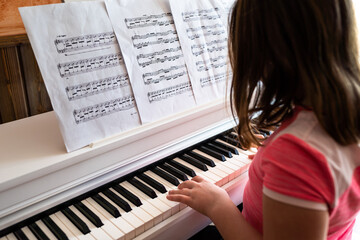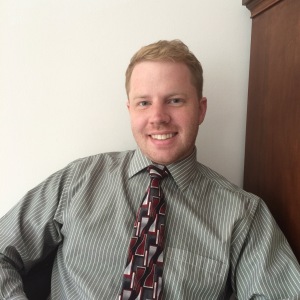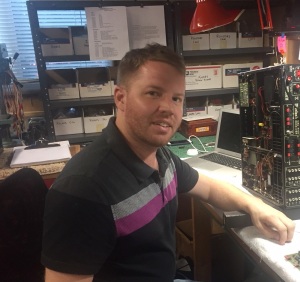
Evan August Weitz is an accomplished chemist whose industry experience dates back more than a decade. Since 2017, he has served as a tutor with Achieve Academics, where he helps students prepare for the ACT math and science exams. Outside of his professional life, Evan August Weitz enjoys playing the piano since the age of four.
Playing the piano requires a grasp of basic principles. Every step matters, especially if you focus on attaining the right set of skills. Beginners often get confused because there are many suggested piano learning methods and techniques. As a beginner, focus on playing music you love and mastering finger and hand movement.
Playing music that you enjoy is a great place to start. Beginner pianists end up working on pieces that don’t correspond to their playing skills and negatively impact both focus and work ethic. Less interesting pieces get less attention to detail, so it’s recommended to obtain a combination of music, such as pop, classical, and transcriptions for wide exposure.
Finger movement and hand position are critical skills to master. Begin with the right hand before moving to the left. Separating hand movements makes it easier to grasp skills. You can practice gradually until you can play with both hands. Separate hand practice is a common technique used by instructors. Once you’ve perfected using both hands, you improve hand and finger coordination to enhance playing efficiency.
 A member of the Absolute Sound Laboratories team in Minnesota, Evan A. Weitz has an extensive experience in electronics restoration and repair. With a background as a pianist,
A member of the Absolute Sound Laboratories team in Minnesota, Evan A. Weitz has an extensive experience in electronics restoration and repair. With a background as a pianist, 

You must be logged in to post a comment.